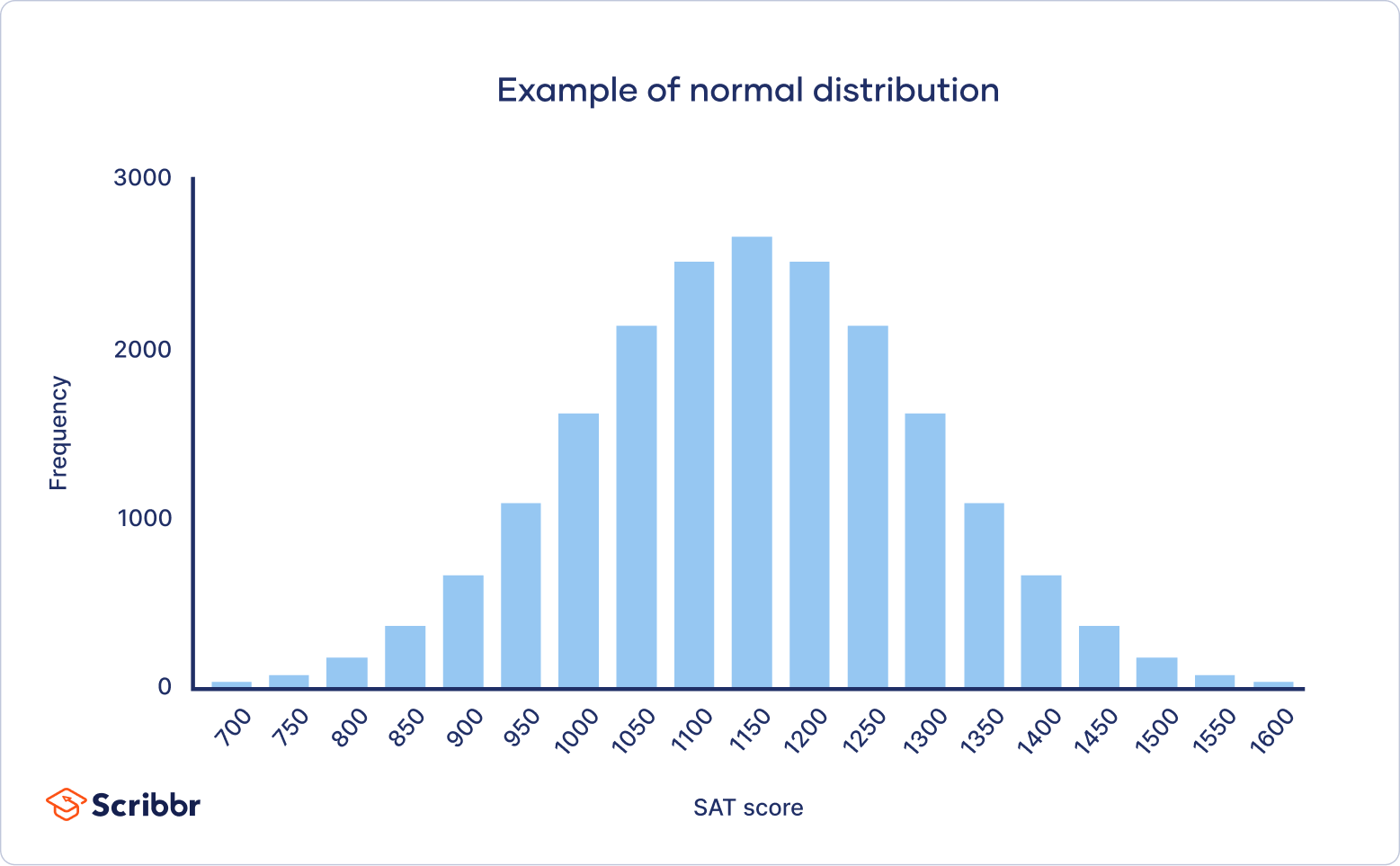The Gaussian distribution is a bell-shaped curve that describes how values are distributed around a mean (average). It has several key properties:
- Mean (μ): The center of the curve where the most common values occur
- Standard Deviation (σ): Measures how spread out the values are
- About 68% of values fall within 1σ of the mean
- About 95% fall within 2σ
- About 99.7% fall within 3σ
The formula for the probability density function is:
f(x) = (1/(σ√(2π))) * e^(-(x-μ)²/(2σ²))
or
Real-world examples:
- Height distribution in a population
- Measurement errors in experiments
- Test scores in a large class
- Random electrical noise in circuits

The Gaussian distribution is important because:
- Many natural phenomena follow it
- It’s mathematically convenient to work with
- The Central Limit Theorem states that averages of many random variables tend toward a Gaussian distribution